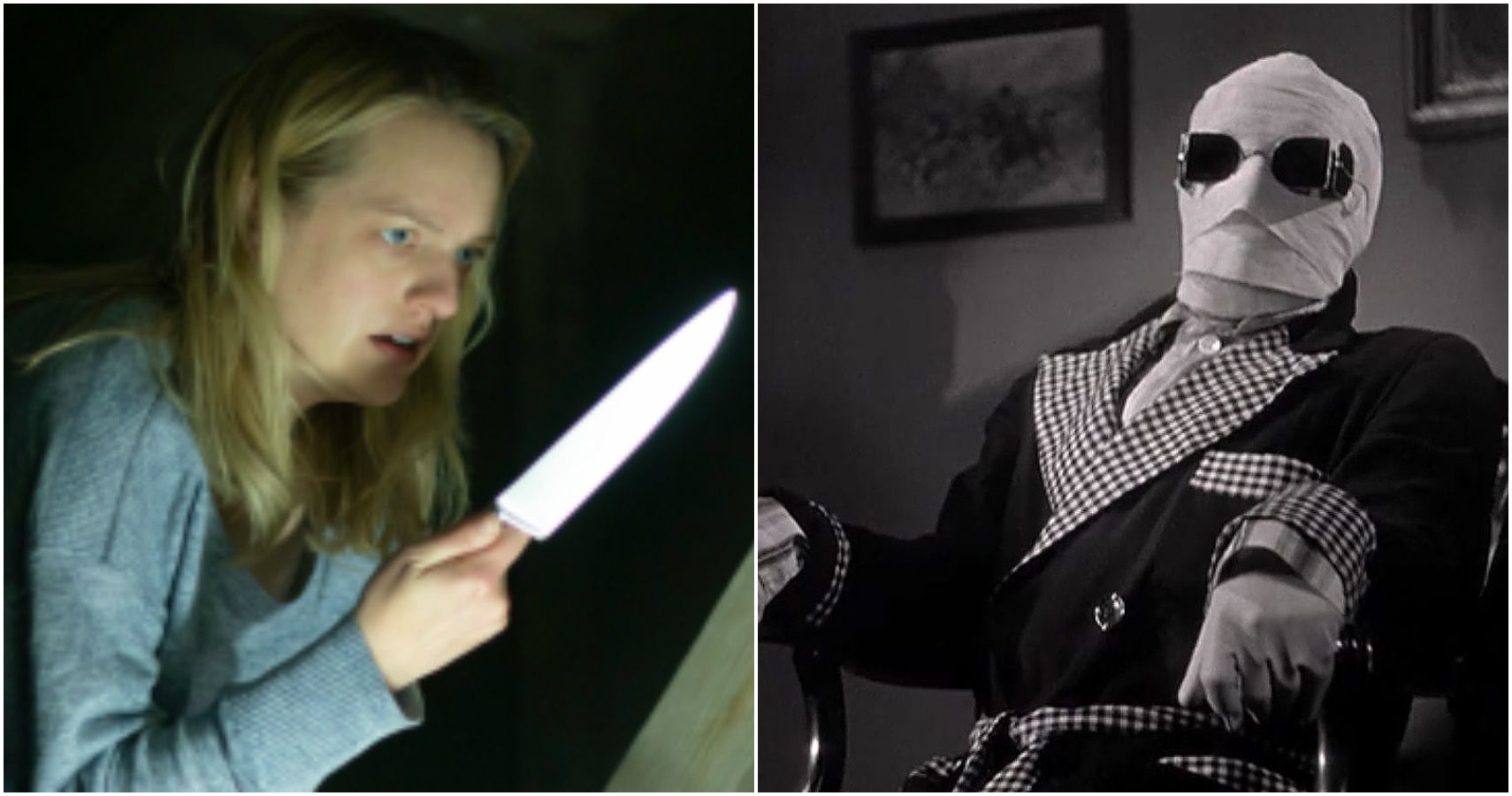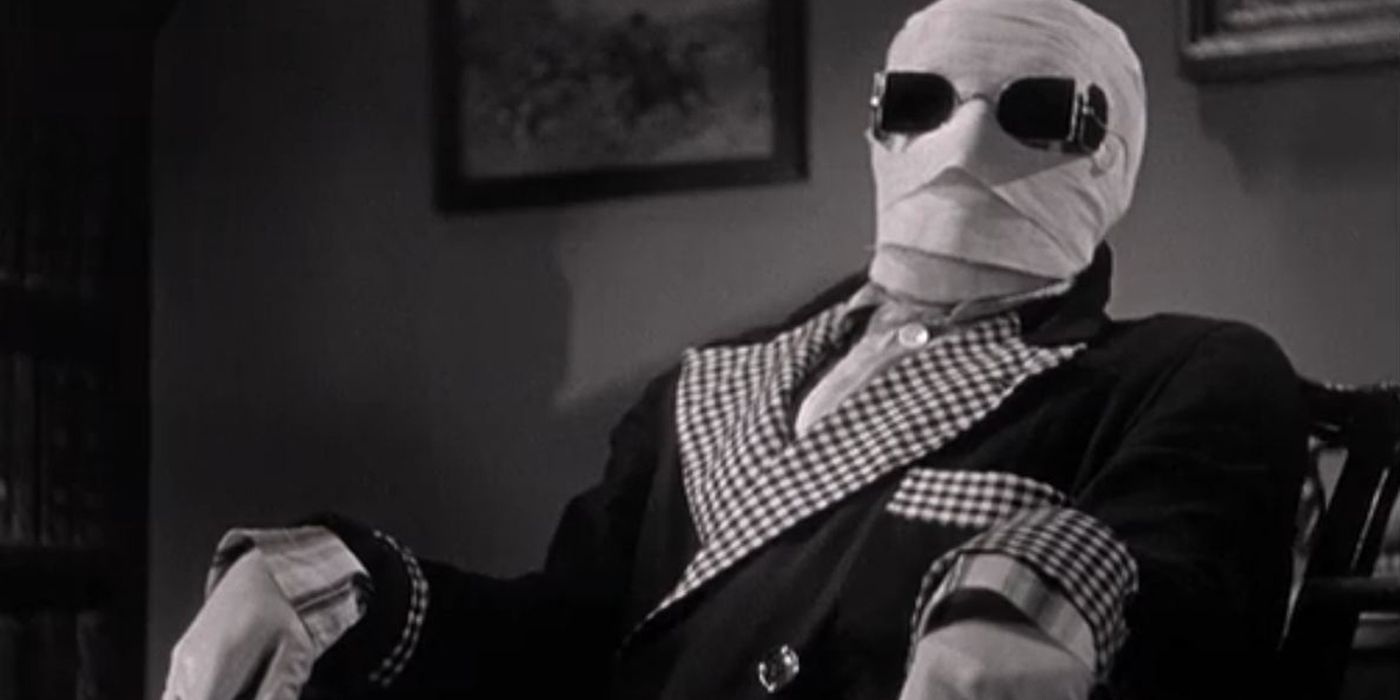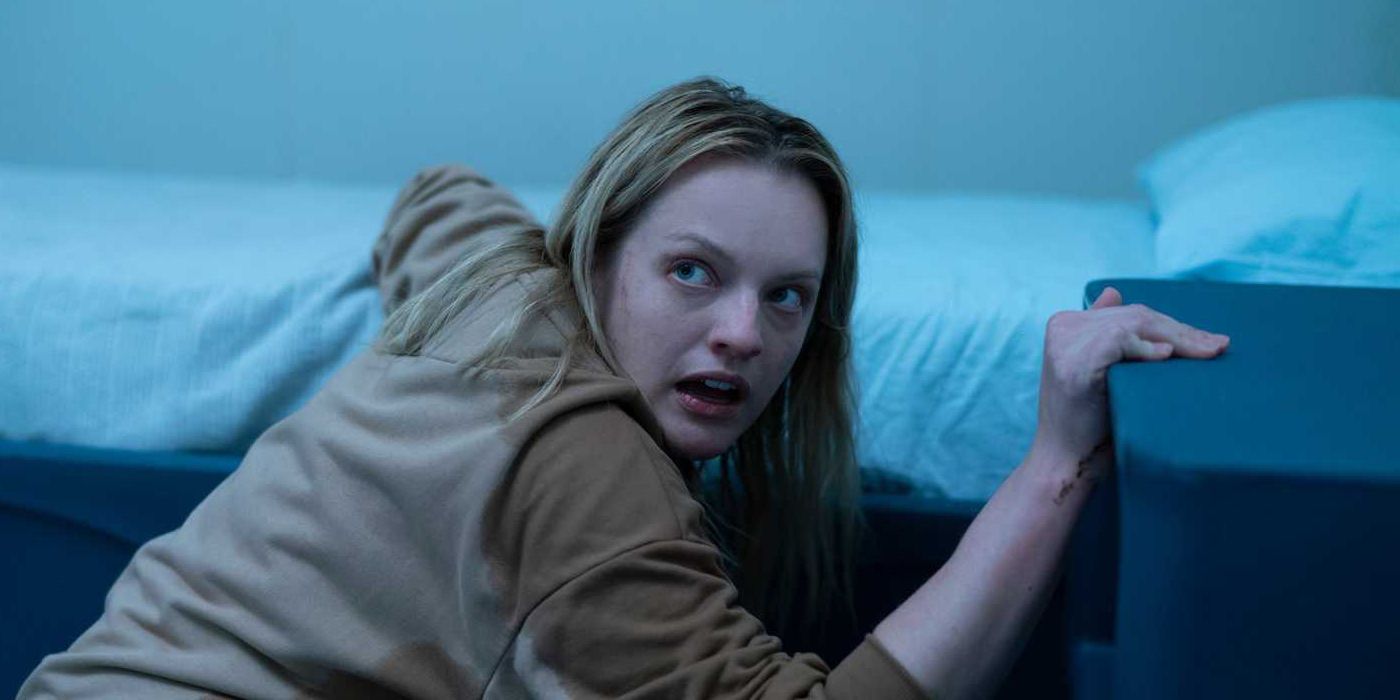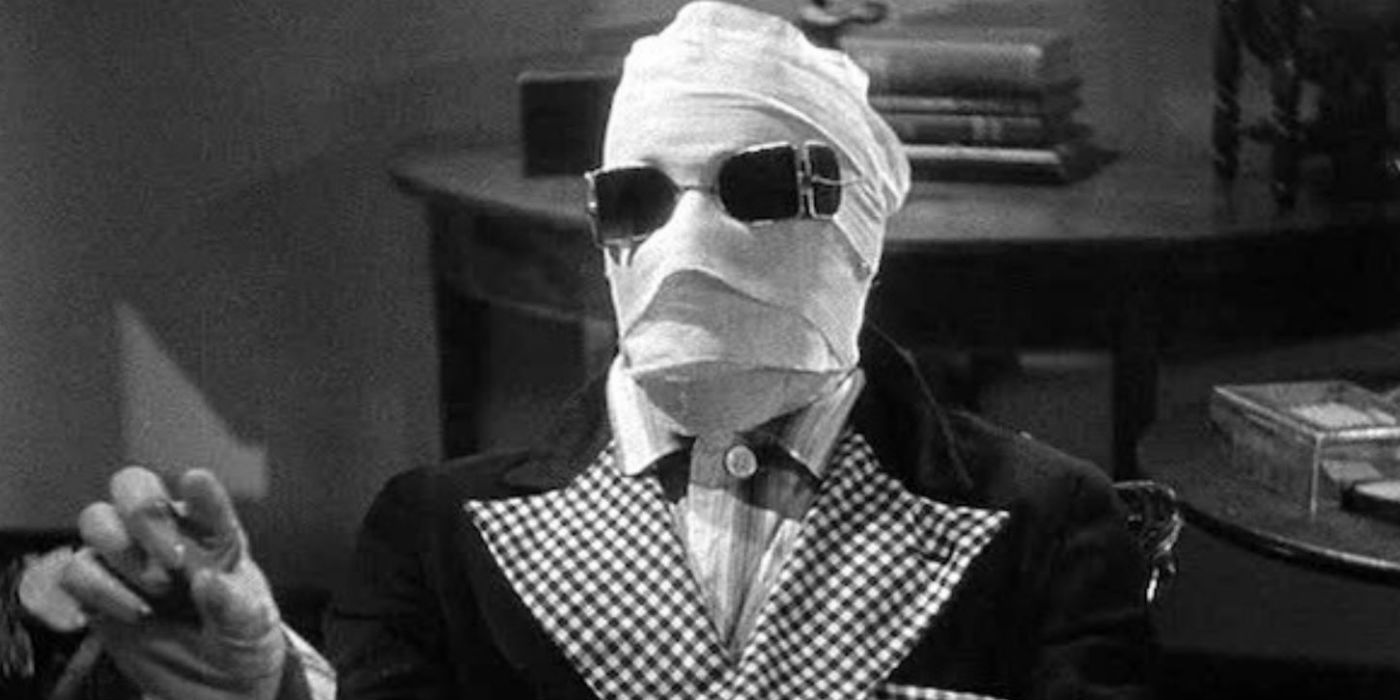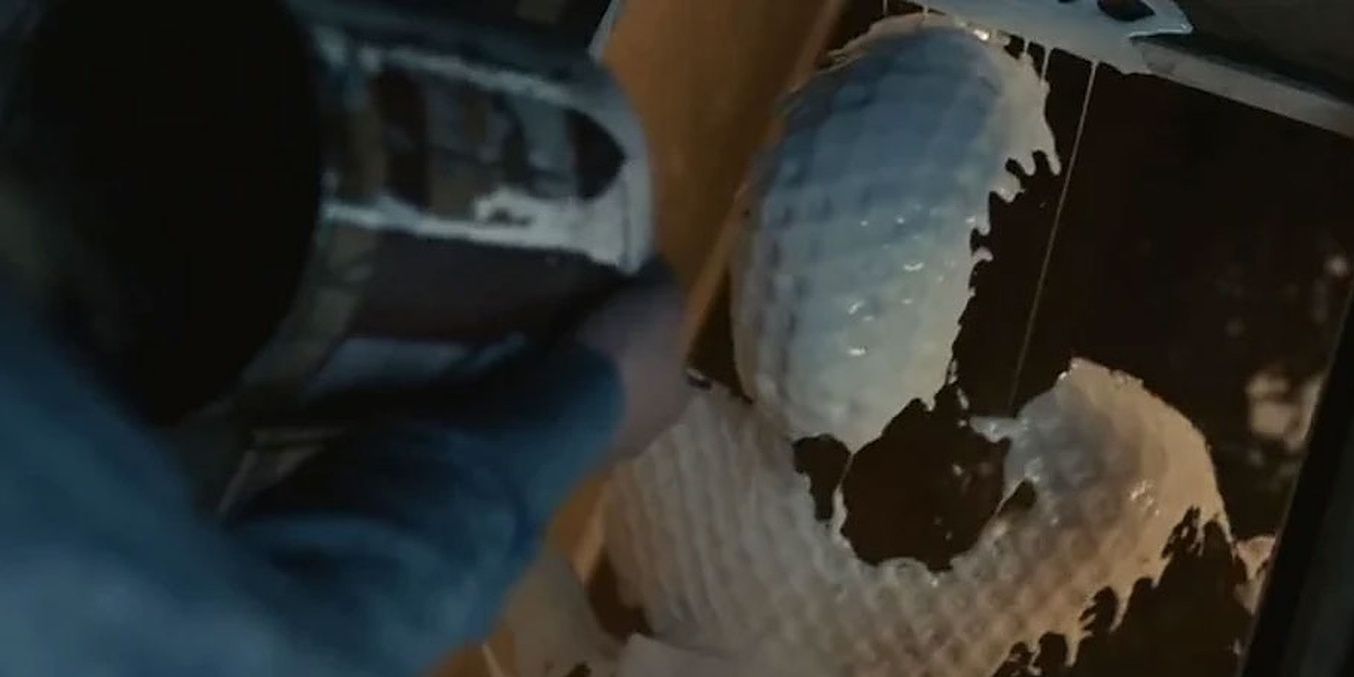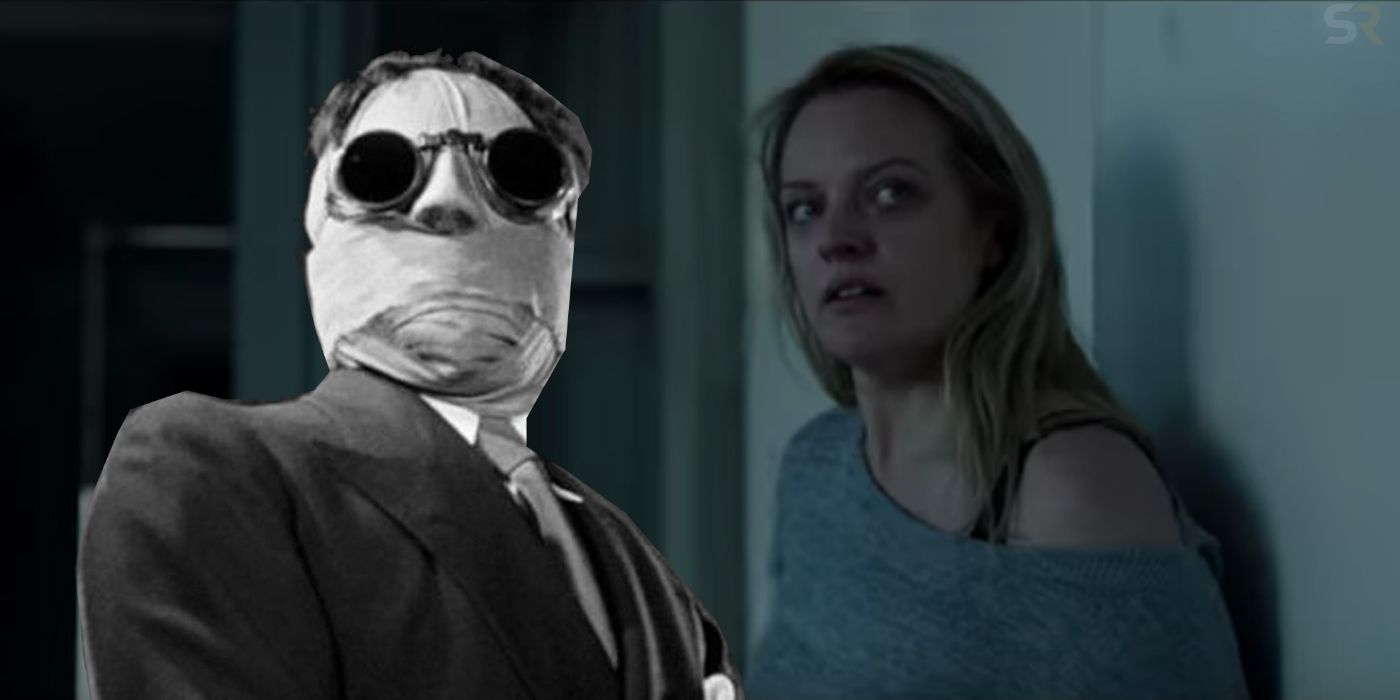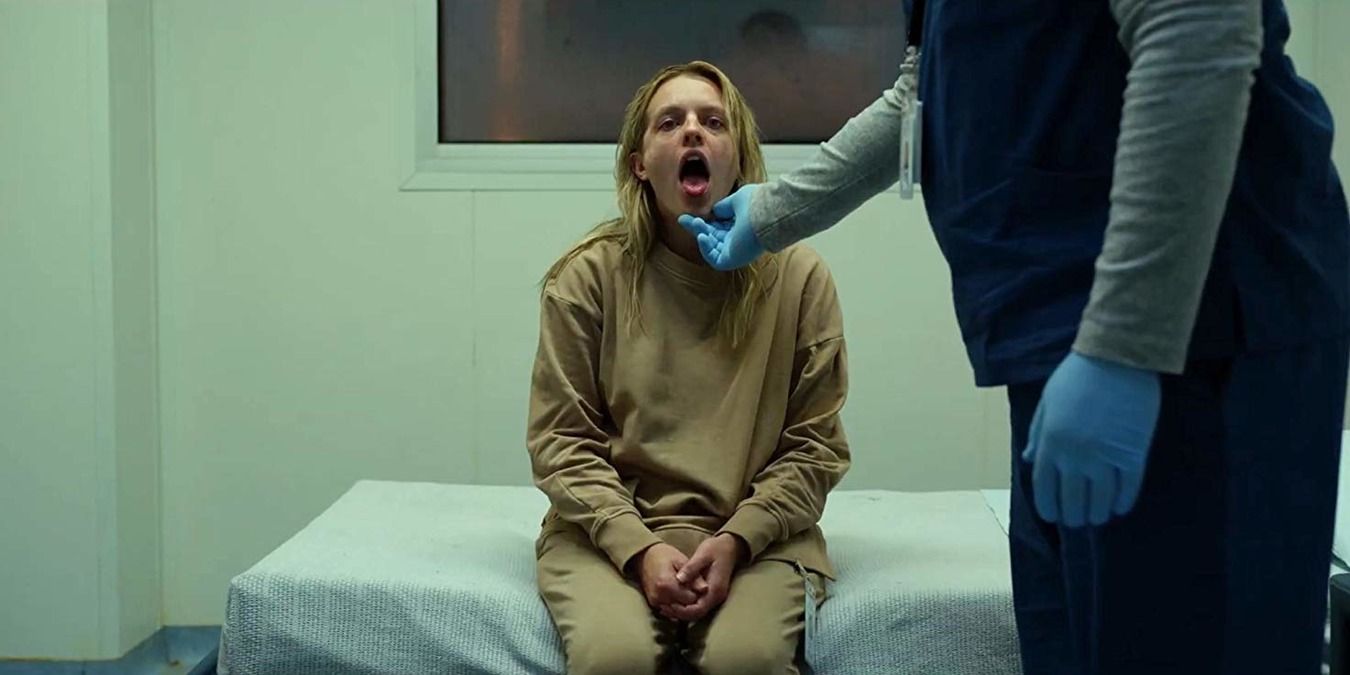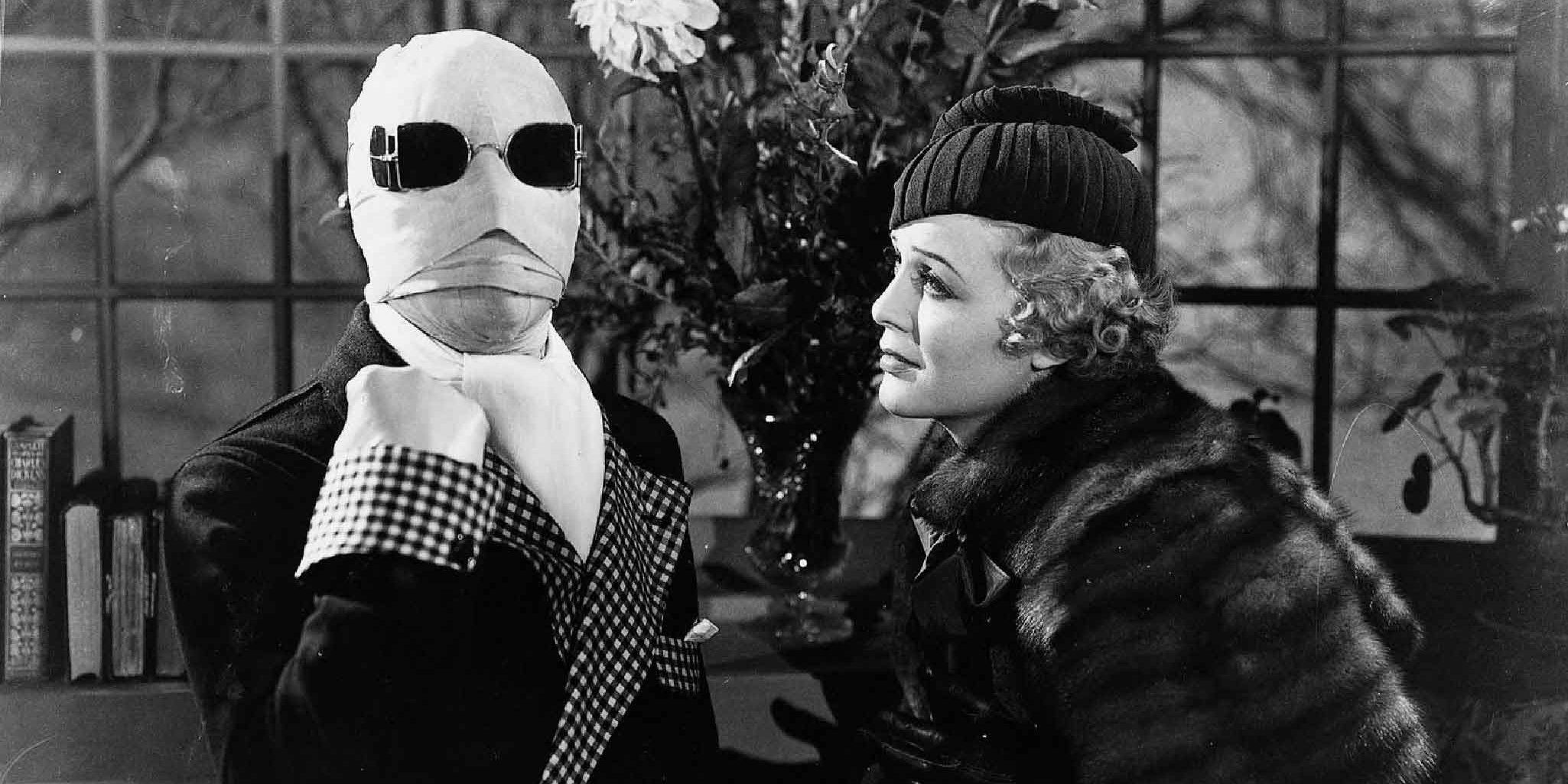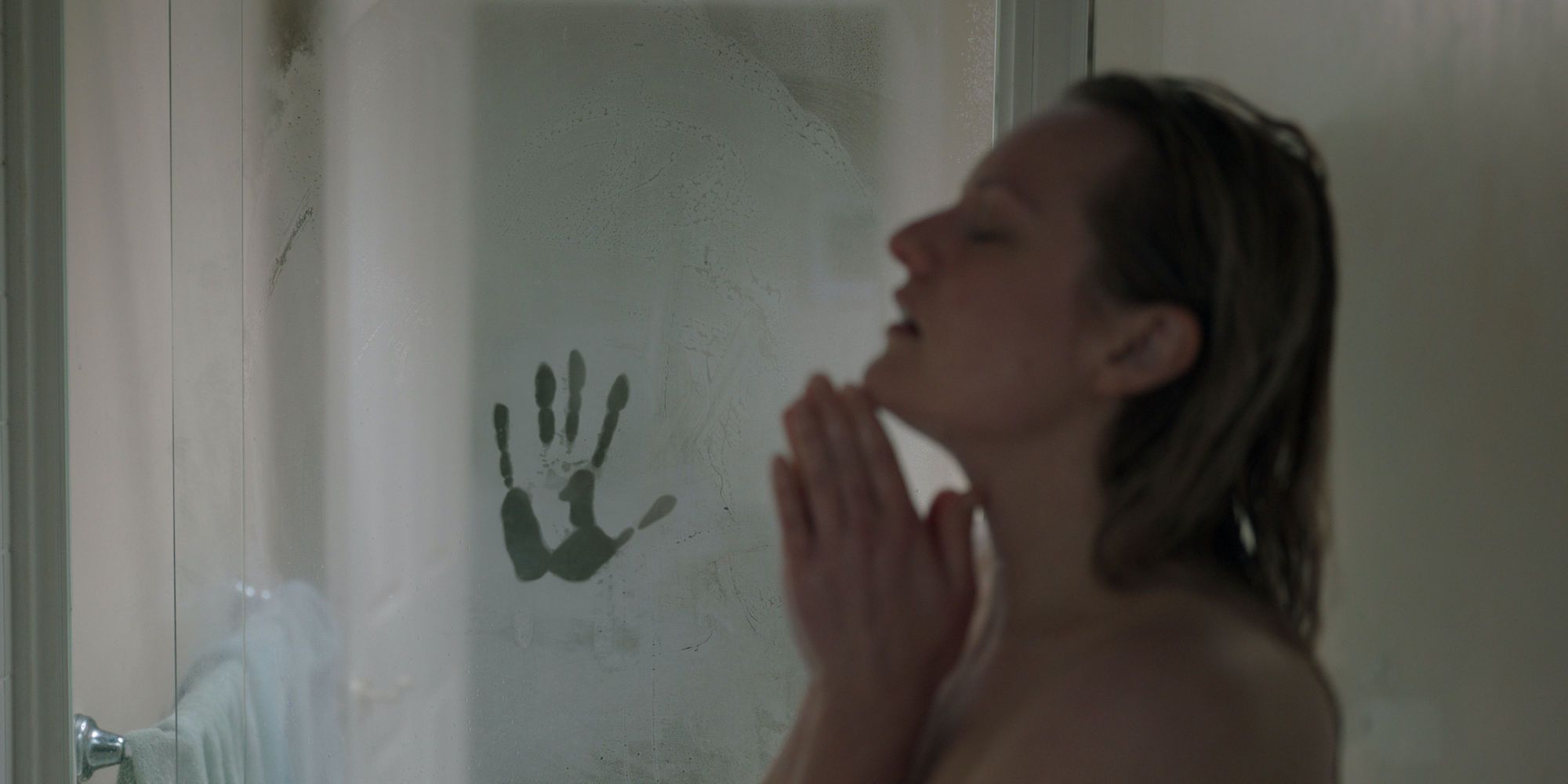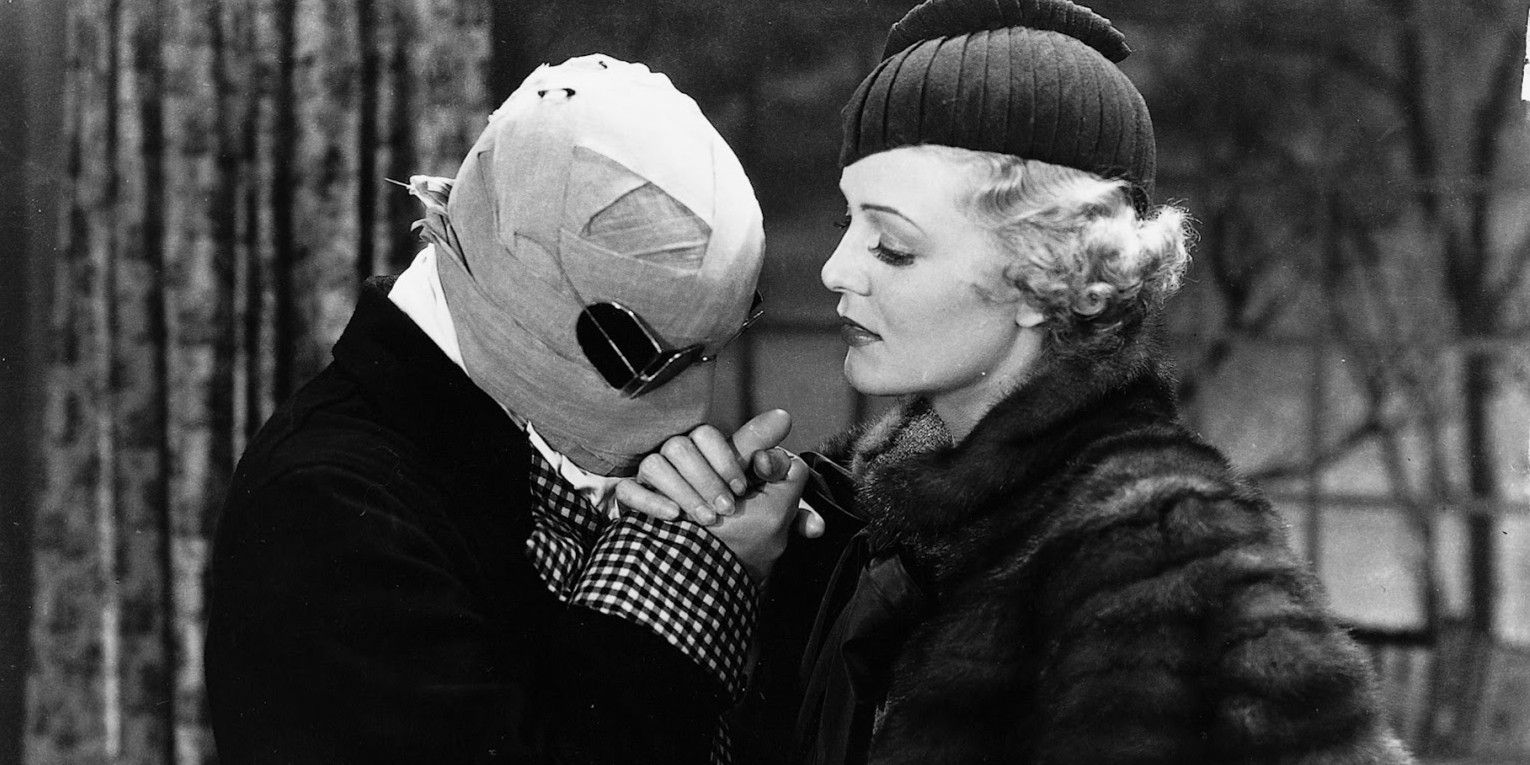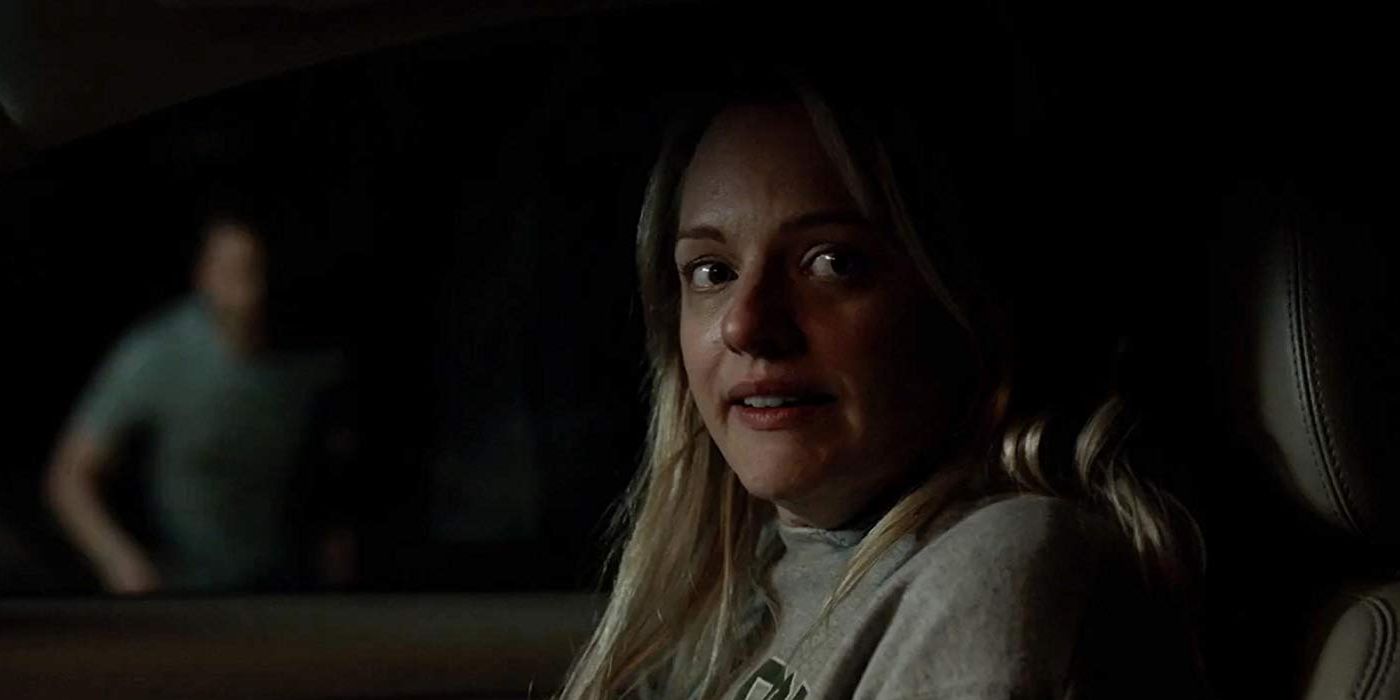Universal's The Invisible Man has been both a critical and box office success. Filmed on a low budget after the disappointments in the studio's attempt at the Dark Universe franchise, The Invisible Man successfully proved that it is indeed possible to create a popular, successful movie about a classic monster or movie villain. That being said, the film did take liberties with the character of the Invisible Man, meaning that, in many ways, the film is completely different to any Invisible Man property that has come before it.
This article will list five reasons why the remake was better and five reasons why the original Invisible Man was better.
Original: Costume
The costume of the original Invisible Man (played by Claude Rains) was a memorable and iconic horror movie masterstroke. The glasses, combined with the coat, gloves, hat, and bandaged body are not only iconic, but also terrifying.
The sheer genius behind the design of the costume is truly seen today, with the costume still evoking that unnerving and creepy feeling in anyone that sees it.
Remake: Subtle Scares
Modern horror has a real issue with jump scares. Almost every horror movie released today is reliant on a cheap jump scare in order to qualify as a horror movie. However, The Invisible Man went against this trend and opted for a more subtle approach to their horror. This is rare in modern horror, but it greatly improves the quality of the film.
Original: Innovation
The original Invisible Man movie was one of the most innovative horror movies of its time, a feat which was rewarded by being Universal's most popular horror movie at the time, usurping the equally iconic Frankenstein movie that would go on to introduce a classic design of Frankenstein's monster.
The original Invisible Man not only used innovative ways to create new and interesting special effects, but it also introduced new elements to the horror genre in general.
Remake: Special Effects
Despite the fact that the original movie was undoubtedly an innovative movie that made great strides in practical effects, it is also undeniable that the remake has far better special effects than the original, which is to be expected.
While better special effects don't necessarily make the entire movie better, it certainly makes it far easier to watch for most people.
Original: Adaption Of The H.G. Wells Novel
For those who are unaware, the Invisible Man was a character from a novel written by H.G. Wells in 1897. The original movie from the 1930s was based closely upon this book, although it definitely differed in certain respects as almost every cinematic adaptation must do.
However, the remake went in a completely different direction with its plot. Perhaps because of this, the remake doesn't have the charm that the 1930s movie still has.
Remake: Psychological Torment
Despite the fact that film leaned into heavy science fiction elements throughout the run-time, it also managed to remain grounded in its approach to the plot of the movie. The movie, while featuring an Invisible Man, was more focused on the psychological torment of Elisabeth Moss' character, Cecilia.
The Invisible Man's goal in this movie is not to kill Cecilia, but to mentally torture her until she agrees to get back together with him. The threat is not existential; it is far worse than that. The Invisible Man tries to separate her from her friends and family, leaving her alone and vulnerable.
Original: Iconic Status Of The Film
Some movies are impossible to remake due to the iconic and influential nature of the original or the performance of the main actor. One notable example of this would be Indiana Jones. It would be impossible to remake the movie due to how synonymous Harrison Ford has become with the title character.
While the connection between Claude Rains and the Invisible Man is not as strong as the connection between Harrison Ford and Indiana Jones, the original Invisible Man movie is an iconic piece of 20th Century horror that has stood the test of time.
Remake: Thriller Theme
While the 2020 remake of the Invisible Man ought to still be classed as a horror movie, one shouldn't forget the movie overlaps frequently with the thriller genre. This blending of genres allows for a more unique style than is often seen in horror movies, particularly today.
Not only is there a fear of this Invisible Man, but there is also fear of the consequences for Cecilia. In a sense, while the movie begins as a horror, it concludes as a thriller when we see Cecelia finally taking the upper hand.
Original: Character Of The Invisible Man
The main issue with the remake was that the Invisible Man had very little character. While he was clearly shown to be a bad guy who abuses women and takes advantage of his own power, we didn't see too much of him; instead, we receive an Invisible Man who doesn't talk much.
However, the original movie provides us with far more character development to the Invisible Man. In fact, toward the end of the movie, he begins to regret his actions.
Remake: Elisabeth Moss' Performance
Elisabeth Moss' performance was the best thing about the Invisible Man. She perfectly captured the tortured, emotionally drained nature of the character as she had to contend with an Invisible Man and the lack of belief from those around her concerning what she was going through.
It was truly Moss' performance that helped lift The Invisible Man from being a good horror movie to a fantastic one. In addition, this also carries through with the trend of a strong female lead in the horror genre, following in the footsteps of Essie Davis in The Babadook and Toni Collette in Hereditary.

